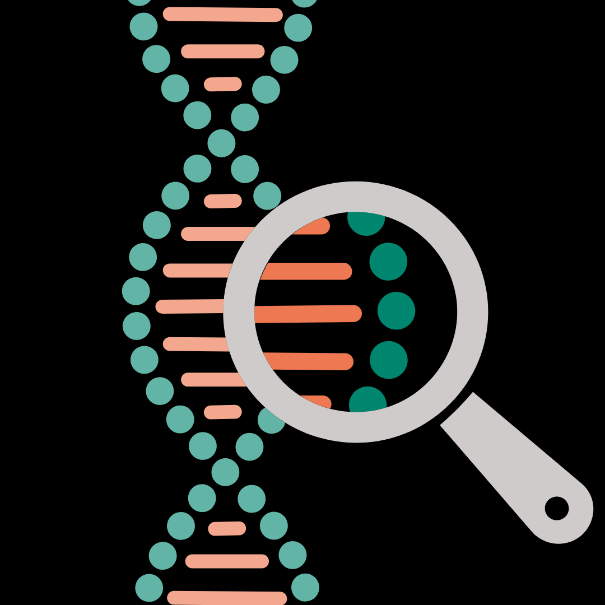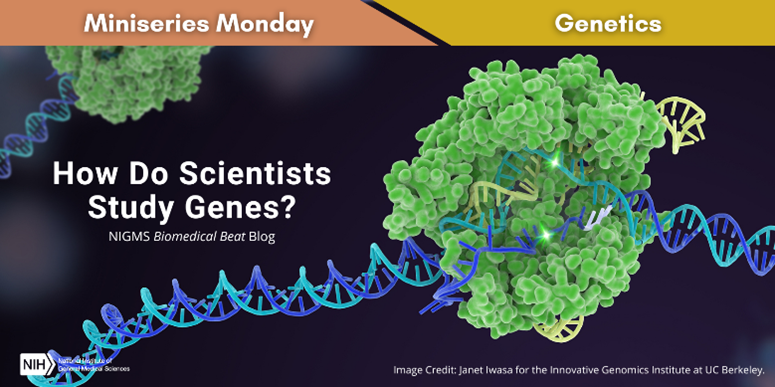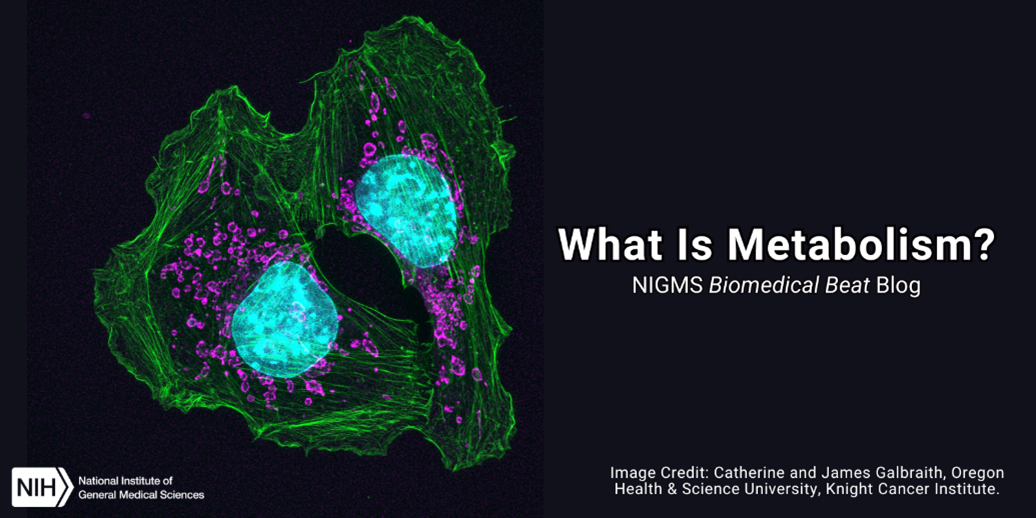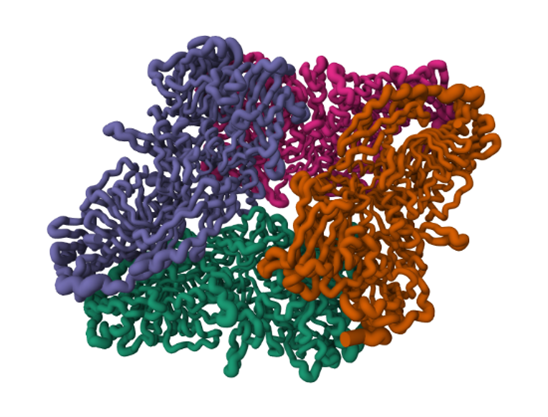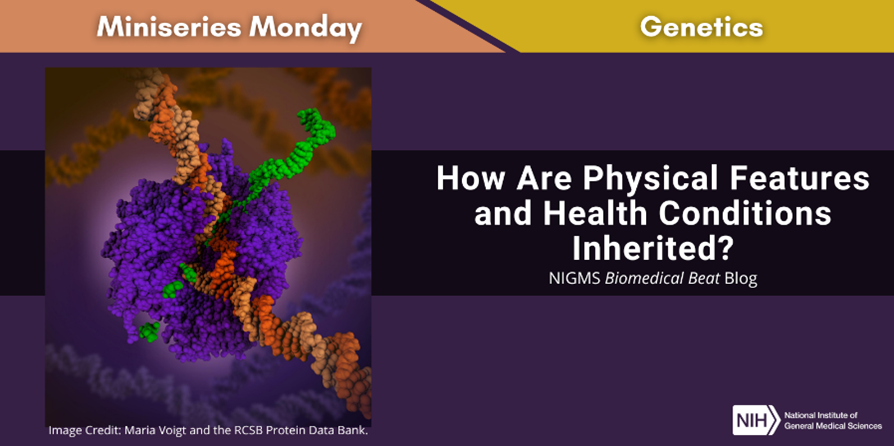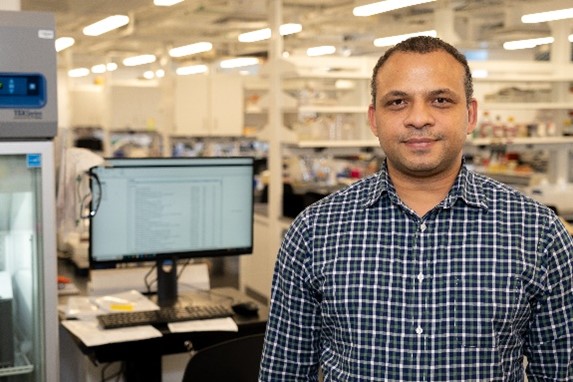
“I think it’s really an exciting time for science. Some people might think that everything out there to be discovered has already been discovered, but that’s far from the truth. There is still much, much more to discover,” says John Jimah, Ph.D., an assistant professor of molecular biology at Princeton University in Princeton, New Jersey. We talked with him about how he moved internationally to pursue his career, how his current research on cell membranes could help treat malaria, and how science holds space for everyone.
Get to Know Dr. Jimah
- Books or movies? Movies
- Coffee or tea? Mocha
- Beach or mountains? Beach
- Cats or dogs? Dogs
- Music, podcasts, or quiet? Podcasts
- Early bird or night owl? Early bird
- Childhood dream job? Judge
- Favorite hobby? Bicycling
- Favorite piece of lab safety equipment? Gloves
- A scientist (past or present) you’d like to meet? Leonardo da Vinci






